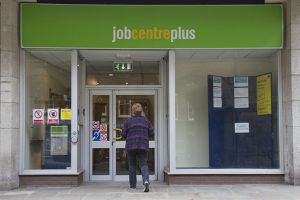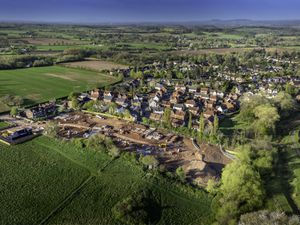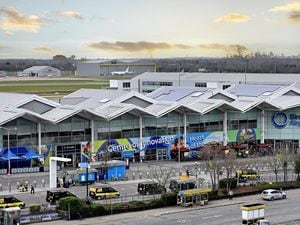Unemployment rises by 10,000 in the West Midlands
Unemployment has risen in the region as the pandemic continues to hit jobs across the UK.

The number of people unemployed in the West Midlands rose by 10,000, or 4.9 per cent of the working population, for the three months between July and September.
Meanwhile, the total in employment in the region was 2.79 million.
Nationally, more people were made redundant in the three-month period than at any point on record, according to new official statistics, as the pandemic laid waste to large parts of the economy.
About 314,000 redundancies were registered during the three months, up by 181,000 from the quarter before, according to the Office for National Statistics (ONS).
The data suggests that unemployment in the UK reached 4.8 per cent in the three months to September.
It is an increase of 0.7 percentage points on the quarter before, and 0.9 percentage points from a year ago.
Meanwhile, about 33,000 people were dropped from payrolls last month, adding to the 782,000 reduction in payrolls since March this year, when the pandemic struck.
Other data reveals the number of people claiming unemployment benefits fell across the region last month.
Numbers claiming benefits, including Universal Credit, in the West Midlands as a whole dropped by 6,175 by 265,670, or 7.3 per cent of the working population.
In the Black Country Walsall saw claimants fall by 465 to 14,945, Sandwell by 155 to 19,280, Wolverhampton by 340 to 16,940 and Dudley down 545 to 14,285.
In Staffordshire claimants were down 1,000 to 25,595, with Cannock Chase seeing a drop of 130 to 3,570, Stafford down 175 to 3,510, Lichfield had 210 fewer claimants at 2,850 and South Staffordshire saw a fall of 65 to 3,015.
Wyre Forest, including Kidderminster, was down by 210 to 3,475.
ONS deputy national statistician for economic statistics Jonathan Athow said: "The latest monthly tax numbers show over three quarters of a million fewer employees on the payroll in October than in March.
"Unemployment grew sharply in the three months to September, with many of those who lost their jobs earlier in the pandemic beginning to look for work again. The number of redundancies has also reached a record high.
Substantial
"Vacancies continued to recover from the very low numbers seen earlier in the year. However, these figures predate the reintroduction of restrictions in many parts of the UK."
Since the figures were taken, several parts of the country have re-entered various stages of lockdown, including severe restrictions in England, which were put in place last week.
As a result, the Government decided to extend its furlough scheme until March next year, ensuring that employees who cannot work will get up to 80 per cent of their salaries.
Suren Thiru, the head of economics at the British Chambers of Commerce, said: "While there was a rise in the number of job vacancies, this is more likely to reflect a temporary bounce as the economy reopened before recent restrictions were reintroduced, rather than a meaningful upturn in demand for labour.
"The extension to the furlough scheme will safeguard a significant number of jobs in the near term. However, with firms facing another wave of severely diminished cashflow and revenue and with gaps in Government support persisting, further substantial rises in unemployment remain likely in the coming months."
He called for more grants for businesses that have been hurt by restrictions, and asked the Government to ensure that it closes gaps in its support schemes, including for unemployed people.





